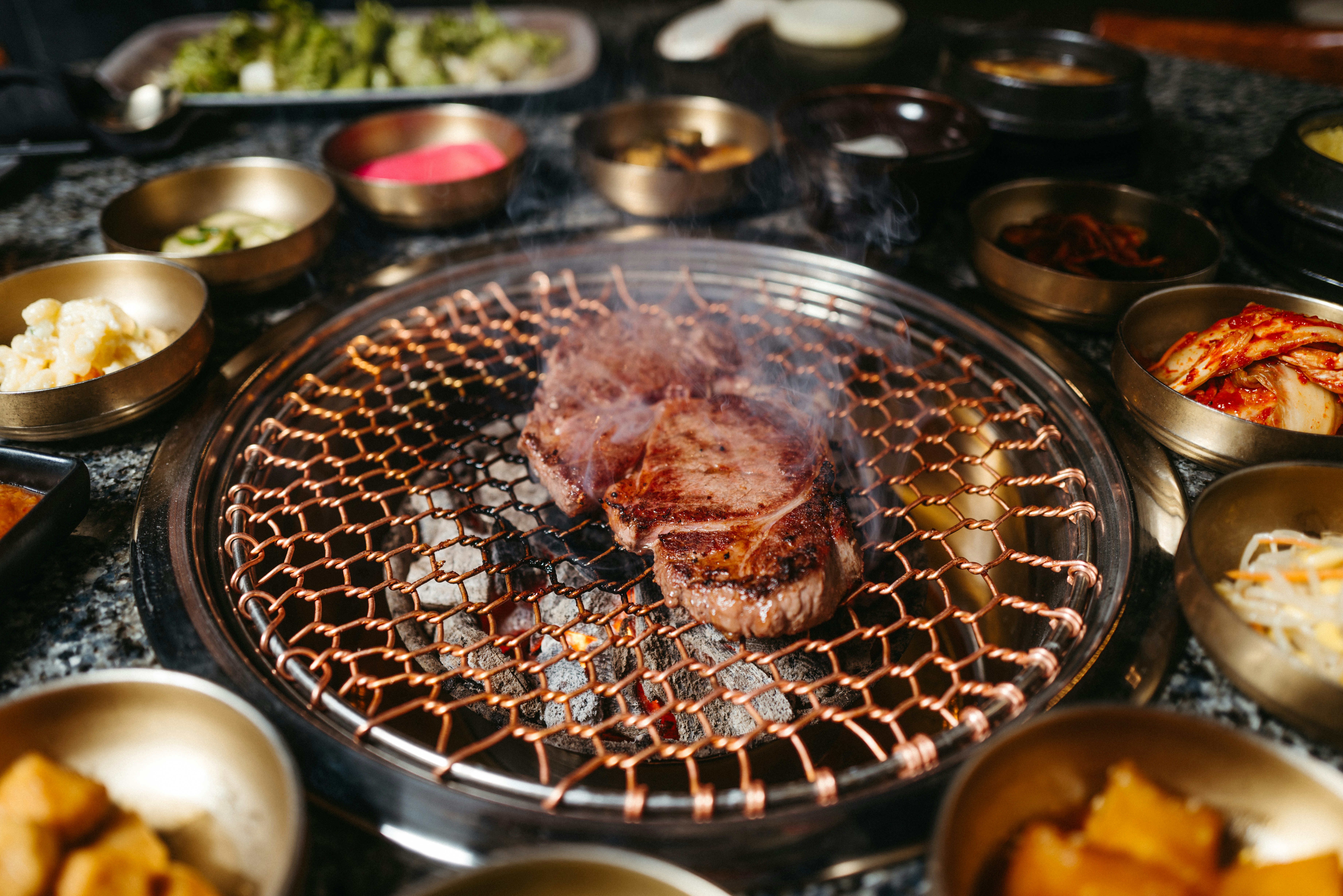Sizzling Serenity: The Art of Salt Block Cooking
Imagine the gentle crackle of food meeting a shimmering, pink-hued surface. The aroma of perfectly seared proteins and caramelized vegetables wafts through the air. This isn't your average cooking method – it's the captivating world of salt block cuisine. Join us as we delve into this ancient technique that's making waves in modern kitchens, offering a unique blend of flavor enhancement and visual spectacle.
The Pink Powerhouse: What Is a Salt Block?
Salt blocks, also known as Himalayan salt plates, are large slabs of pure, food-grade salt typically mined from the Khewra Salt Mine in Pakistan. These rosy-hued blocks aren’t just a pretty face in the kitchen; they’re versatile cooking tools that can be heated to high temperatures or chilled for cold preparations. The natural crystalline structure of the salt allows for even heat distribution, making it an excellent surface for cooking various foods.
When heated, salt blocks can reach temperatures of up to 900°F (482°C), perfect for searing meats, seafood, and vegetables. The porous nature of the salt also imparts a subtle, complex saltiness to the food, elevating flavors in a way that regular table salt simply can’t match. Moreover, the antimicrobial properties of salt make these blocks naturally sanitary, adding an extra layer of food safety to your culinary adventures.
From Grill to Table: Versatility in Salt Block Cooking
One of the most appealing aspects of salt block cooking is its versatility. These multifaceted slabs can be used on the stovetop, grill, or even in the oven, offering countless cooking possibilities. For a show-stopping appetizer, try serving sushi-grade tuna seared directly on a heated salt block. The quick cooking time and intense heat create a perfect crust while leaving the center deliciously rare.
Salt blocks aren’t limited to hot preparations, either. Chilled blocks make an elegant serving platter for cold dishes like carpaccio, fresh fruit, or artisanal cheeses. The cold salt surface keeps food at the ideal temperature while slowly seasoning it, creating a unique dining experience that engages all the senses. Whether you’re hosting a summer barbecue or an intimate dinner party, salt block cooking adds an element of intrigue and sophistication to any meal.
Flavor Alchemy: How Salt Blocks Enhance Your Food
The magic of salt block cooking lies in its ability to enhance flavors in subtle yet profound ways. As food comes into contact with the heated salt surface, it undergoes a process called “flash-searing.” This rapid cooking method locks in moisture and natural flavors while creating a beautiful crust. The salt itself slowly permeates the food, seasoning it from the outside in with a complex mineral profile that goes beyond basic sodium chloride.
Different foods interact with the salt block in unique ways. Proteins like steak or scallops develop a perfectly seasoned crust, while vegetables absorb just enough salt to enhance their natural sweetness. Fruits like watermelon or pineapple take on an intriguing sweet-and-salty profile when briefly seared on a salt block. This interplay of flavors and textures creates dishes that are both familiar and excitingly new, offering home cooks and professional chefs alike a playground for culinary creativity.
Mastering the Technique: Tips for Salt Block Success
While salt block cooking may seem intimidating at first, mastering the technique is well worth the effort. The key to success lies in proper heat management and understanding how different foods interact with the salt. Start by slowly heating your salt block on a stovetop or grill, gradually increasing the temperature over 30-40 minutes. This prevents thermal shock, which can crack the block.
Once heated, the salt block becomes your canvas. Experiment with different proteins, vegetables, and even fruits to discover unique flavor combinations. Remember that salt blocks retain heat exceptionally well, so foods will continue cooking even after being removed from the heat source. This residual cooking is perfect for achieving the ideal doneness in meats or creating beautifully caramelized vegetables.
Beyond the Kitchen: Salt Blocks as Culinary Art
Salt block cooking isn’t just about flavor – it’s a visual and tactile experience that transforms meal preparation into a form of culinary art. The translucent pink surface of the salt block provides a stunning backdrop for plating dishes, whether you’re serving sizzling fajitas straight from the grill or presenting a chilled cheese board at a cocktail party. The natural variations in color and texture make each salt block unique, adding an artisanal touch to your kitchen arsenal.
Moreover, the theatrical element of cooking on a glowing salt block can turn a simple meal into an interactive dining experience. Imagine serving tableside-cooked shrimp or thinly sliced beef, allowing guests to watch their food cook before their eyes. This engaging approach to cooking not only creates memorable meals but also fosters a deeper appreciation for the art of food preparation.
Salt Block Savvy: Tips and Tricks
-
Always preheat your salt block slowly to prevent cracking
-
Use a thin layer of oil on the block to prevent sticking
-
Avoid using soap when cleaning; simply scrub with a damp cloth
-
Store your salt block in a dry place to prevent moisture absorption
-
Expect your salt block to change color and develop cracks over time – this adds character!
-
Experiment with different foods to discover unique flavor combinations
-
Use a salt block as a stunning serving platter for cold dishes
In conclusion, salt block cooking offers a unique blend of culinary tradition and modern innovation. By embracing this technique, home cooks can elevate their dishes with complex flavors, stunning presentations, and an interactive dining experience. As we continue to explore new ways to connect with our food, salt block cooking stands out as a method that engages all the senses, transforming meal preparation into a true culinary adventure. So why not add a touch of sizzling serenity to your kitchen and discover the art of salt block cooking for yourself?





